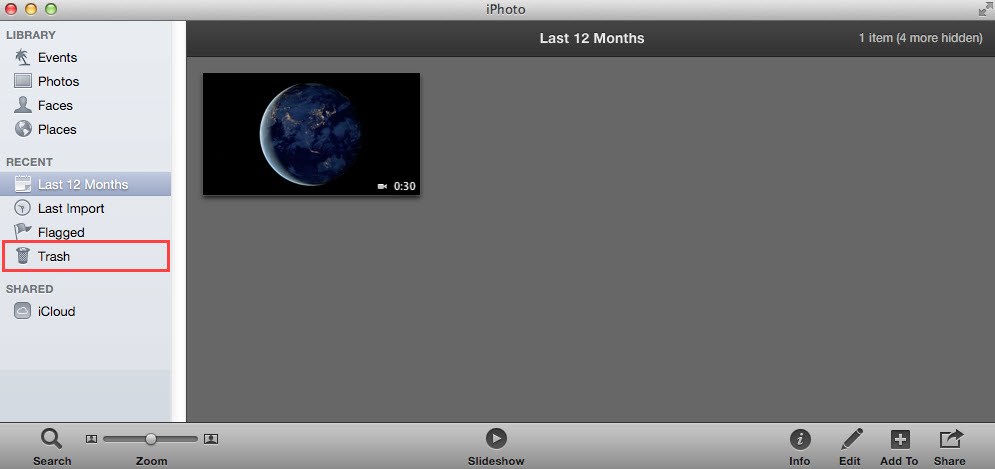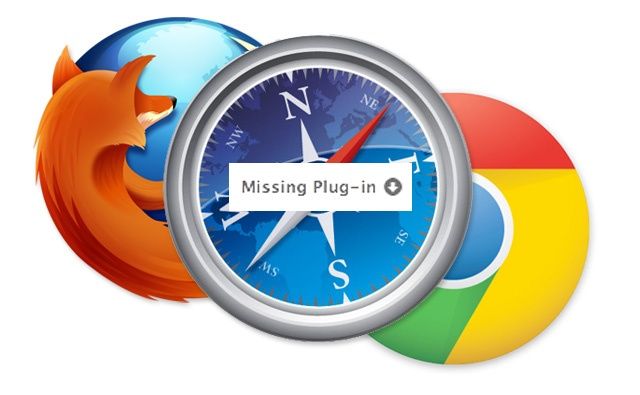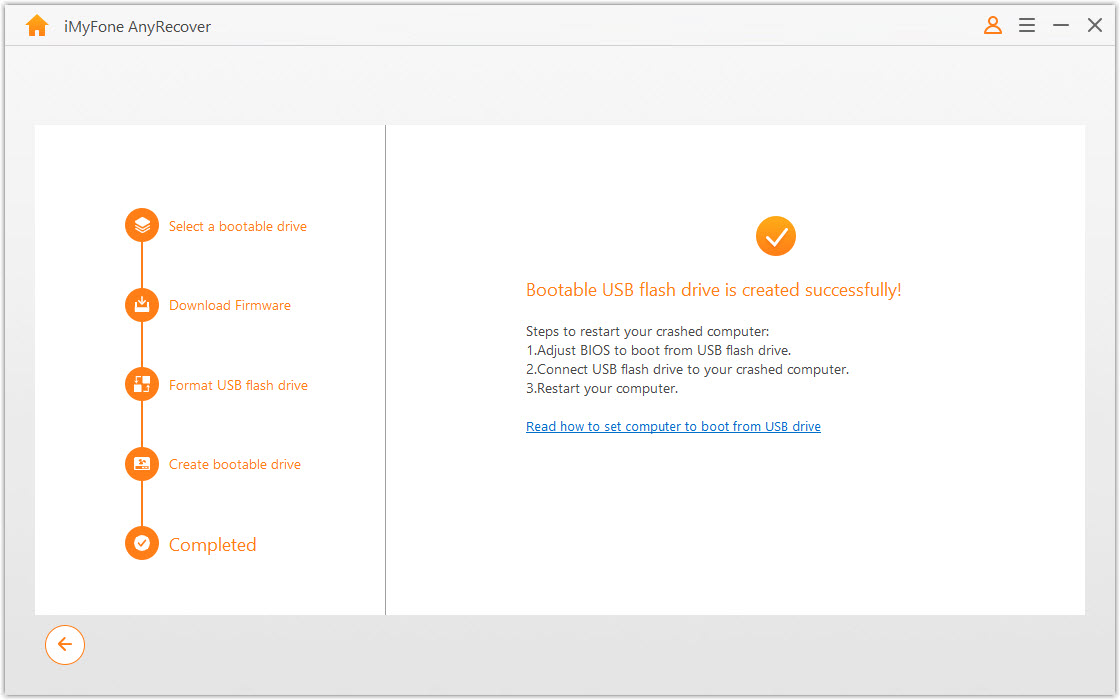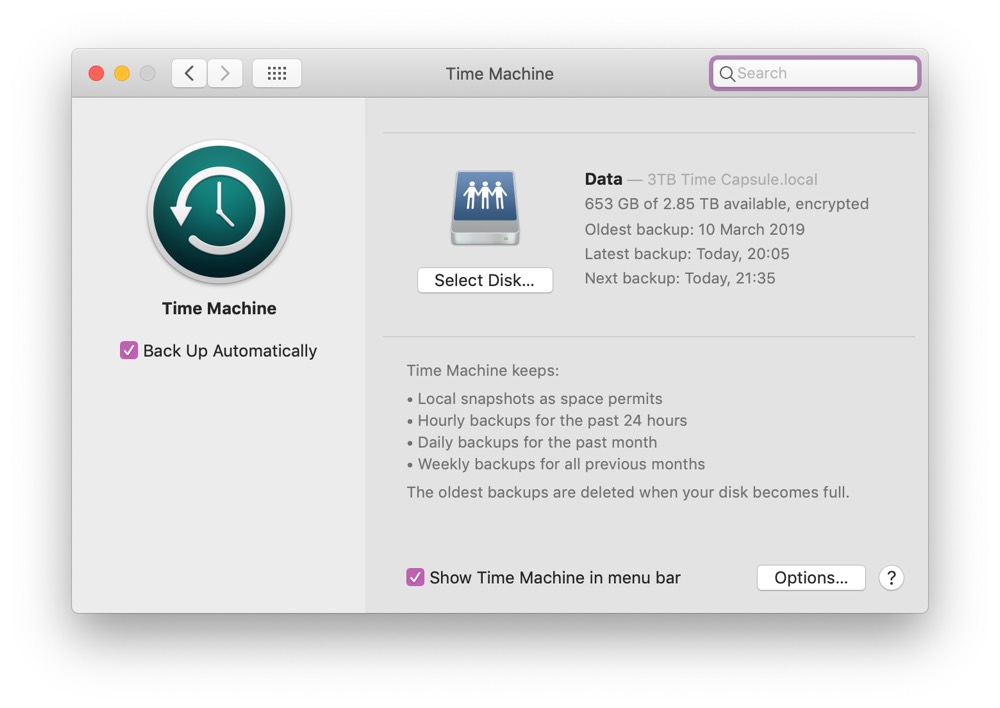

- ACCIDENTALLY DELETED PLUG IN FOR VIDEO MAC INSTALL
- ACCIDENTALLY DELETED PLUG IN FOR VIDEO MAC DRIVER
- ACCIDENTALLY DELETED PLUG IN FOR VIDEO MAC SOFTWARE
- ACCIDENTALLY DELETED PLUG IN FOR VIDEO MAC FREE
- ACCIDENTALLY DELETED PLUG IN FOR VIDEO MAC MAC
(A deep scan will find more, but will take longer.) Select your SD card when prompted, and let it do its thing.
ACCIDENTALLY DELETED PLUG IN FOR VIDEO MAC INSTALL
Install the program as you would any other, then start it up and select either a Fast Scan or a Deep Scan. It isn’t pretty, but it’s completely free, and worked remarkably well in my tests.
ACCIDENTALLY DELETED PLUG IN FOR VIDEO MAC MAC
If you’re a Mac user, I recommend starting with a freeware program called LazeSoft Mac Data Recovery. Mac: Recover your files with LazeSoft Mac Data Recovery If you want to really dive into the depths of your SD card, make yourself a cup of coffee and go for the deep scan. When I ran a deep scan, Recuva found about 35 photos from years ago that it didn’t find in the initial scan.

If you don’t find everything the first time, try re-running Recuva and doing a Deep Scan-it’ll take longer, but you might get lucky.

Do not recover them to the SD card, or you may overwrite the files before they can be recovered.

Click the Recover button to find a place for them on your computer’s hard drive. Then, right-click on a photo and choose Check Highlighted to mark every photo for recovery.
ACCIDENTALLY DELETED PLUG IN FOR VIDEO MAC SOFTWARE
If the software found a lot of files, note that checking each box can be a tedious task, so I recommend selecting the first photo, holding Shift, then selecting the last photo to highlight them all. In my case, it found about 13 deleted photos I’d taken for work a couple years ago, and I was able to recover all but one of them (which had probably been partially overwritten with new data at some point). Recuva will then present you with a list of files it found. The first time you go through, I recommend choosing Pictures on My Media Card or iPod, but you can choose All Files from All Drives if you prefer to catch everything humanly possible-it’ll just take longer. Recuva’s Wizard will attempt to make the scan a bit speedier by asking you what you’re looking for. (Just hold Shift while restarting the computer, head to Troubleshoot > Advanced Options > Startup Settings, and restart into Safe Mode with Networking.) I also had to plug my SD card in using a USB card reader, rather than my laptop’s built-in SD card slot, though your mileage may vary.
ACCIDENTALLY DELETED PLUG IN FOR VIDEO MAC DRIVER
If, for some reason, it doesn’t launch, it may be conflicting with a driver on your PC or an antivirus program-this is a somewhat common issue, and I was able to get it to launch by booting into Safe Mode. Install Recuva like you would any other Windows program and start it up.
ACCIDENTALLY DELETED PLUG IN FOR VIDEO MAC FREE
Recuva is a free tool that can be a little finicky, but it’s a good place to start. Windows: Recover your files with Recuva As long as they have not been overwritten, your files might still be in there. A few bucks is usually a small price to pay for those irreplaceable family photos. You’re not going at it blind, though-most paid programs will let you scan the drive for free, at which point you can pony up to actually recover the files. We’ll go through two free SD card recovery programs here, but if they can’t find what you’re looking for, it may be worth trying a paid option instead-sometimes one program can root out files that others missed. If you keep snapping away, you might overwrite the photos you’ve lost, and then you really won’t be able to get them back.īe ready to pay a little money if things get tough. Don’t take any more pictures-remove it from your camera and set it aside. So if you lost or accidentally deleted files off an SD card, the first thing you must do is stop using it. That means that if you haven’t taken too many new photos, you might be able to get those old ones back. Even though you can’t see the files, they’re still there until your camera (or computer) overwrites them with something else. This may come as a shock to you, but when you delete a file from an SD card (or hard drive, or flash drive) that data isn’t erased right away-instead, your computer just marks that space as available for re-writing. The good news is that if you still have that SD card, you still have hope. And it’s not quite possible to recreate those photos after the moment’s passed. But SD cards can be fussy, and occasionally those photos get corrupted or accidentally deleted. There are few things more soul-crushing than losing that last photo of grandma, or videos of your child’s first steps.


 0 kommentar(er)
0 kommentar(er)
